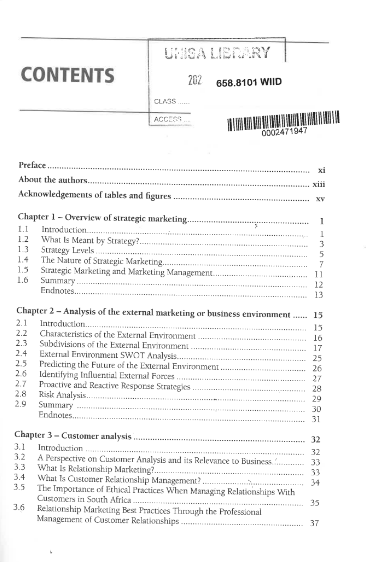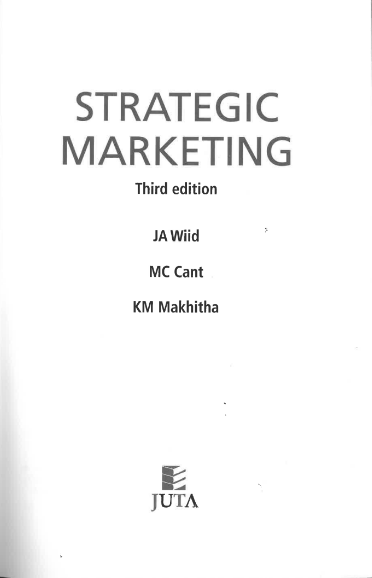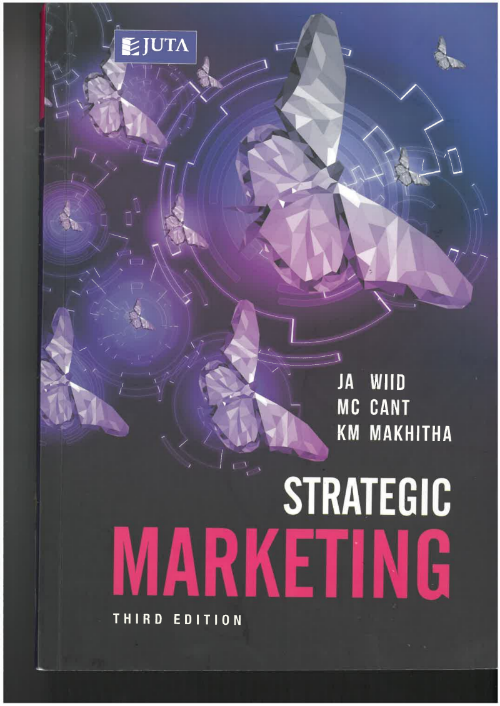


The year 2020 will forever be remembered as the year that changed business as we know it. No manager or business could foresee what would transpire in 2020 and that business as we know it would change forever. Conventional business thinking was replaced by innovative thinking and strategic plans and survival plans became obsolete in a matter of days. Management was forced to take a long and hard look at the way they were doing business. In order to survive, strategic plans had to be totally redesigned with the new normal with which businesses had to cope. The international lockdown of economies as a result of the Covid-19 pandemic, has resulted in many businesses closing down, or having to look at other ways and means to survive.
Demand was gone in an instant and customers were no longer patronising their favourite outlets. With governments cautiously opening their economies, businesses had to deal with new realities: online shopping has become the norm; working from home has become commonplace; the need for office space has declined; safety and health has become important; and travelling for sales meetings has been replaced with virtual selling and virtual meetings. All of these changes have forced business to relook the way they do business. This in itself has led to a strategic relook at the direction the businesses should take and how to reposition themselves. These are all strategic decisions that had to be made, which affected even the mission and vision of the business.
Successful organisations give direction to their activities through strategic planning based on analyses of all the relevant information and factors within and outside the organisation. The changes experienced in 2020 has placed renewed emphasis on this task and this is reflected in the plans of businesses. Strategies are implemented to help achieve firms’ objectives. A strategy involves the development of specific reactive actions to adapt the firm to changes in the environment. Management must factor in all potential influences on the firm, including macro environmental factors and market factors, as well as the organisation’s own internal.
A common saying in business is that ‘The only constant in business is change’. When looking at the world around us, this saying is so much more apt today. Look how quickly the coronavirus (Covid-19) spread across the globe in early 2020 – with serious effects on businesses worldwide. Which company would have envisaged this and factored it into their strategic planning for the year? With the rapid evolution of technology, the internet and the World Wide Web, together with the boom in social media adoption and usage, major changes have occurred in the concepts and philosophies of marketing.
This resulted in new and challenging developments in the field of marketing. It is the responsibility of the management of organisations to understand the changes taking place and how best to adapt to them. This includes all types of changes – be they positive or negative. For this reason, scholars, academics and industry professionals should be provided with a comprehensive framework that will give them an opportunity to develop an understanding of the challenging developments in marketing.
Strategic marketing is derived from strategy. For this reason, it was deemed practical to begin by clearly contextualising and explaining what strategy is. An accurate definition of a strategy would go a long way to avoid contradictory explanations of what should be regarded as strategy and what could be considered as strategy in strategic marketing. We all know that strategy in its simplest form means a plan that is designed to meet the objectives of the organisation. The concept of ‘strategy’ was originally introduced and defined in ancient military literature and dictionaries as ‘… a plan of attack for winning the battle’, or ‘a plan for beating the opposition’.
Today, similar definitions are used to define strategy in the business field. The first definition of strategy appeared in the literature and dictionaries in 1952 only. At that point in time, strategy was seen by the business world in businesses as a plan for achieving organisational goals. This attempt to define strategy is fairly simplistic, but there are numerous efforts to contextualise the notion of strategy. However, most subsequent definitions are very similar to the 1952 definition. The concept of ‘strategy’ is, in all probability, one of the most used and frequently misinterpreted expressions in business. Strategy is used very widely and in a very broad sense in the business world.
According to Meek & Meek, strategy has the same meaning, whether used in a corporate context, marketing context or even as a strategy to expand the product mix. It is concerned with how organisations might achieve their goals and objectives. In fact, the only notable difference lies in the level at which the strategy is developed – top, middle or lower level. These differences will be discussed later in this chapter. The concept of ‘strategy’ in the modern business world can be defined as an action plan,4 or a pattern that brings together the objectives and activities of an organisation into a cohesive whole.5 West, Ford & Ibrahim6 define strategy simply as ‘the means an organisation uses to achieve its goals and objectives’. Therefore, a strategy sets out the direction and the scope of an organisation over the long term.


